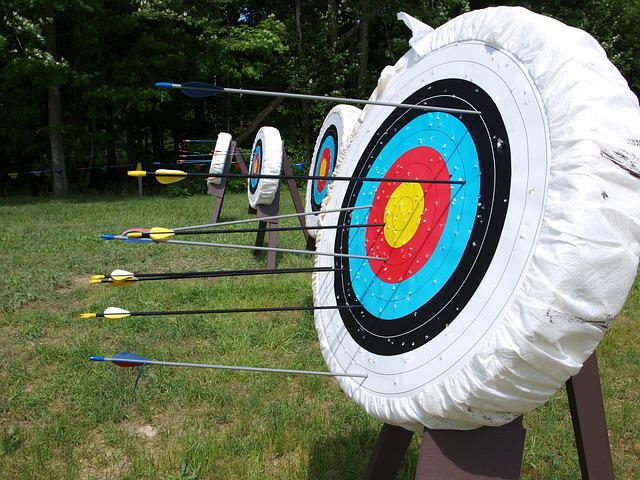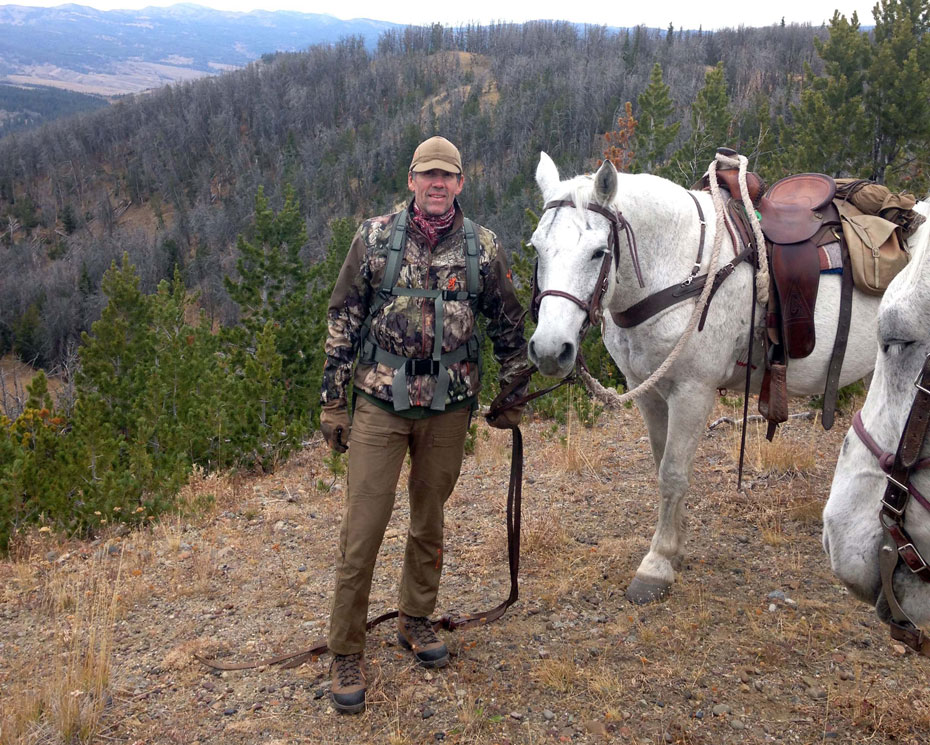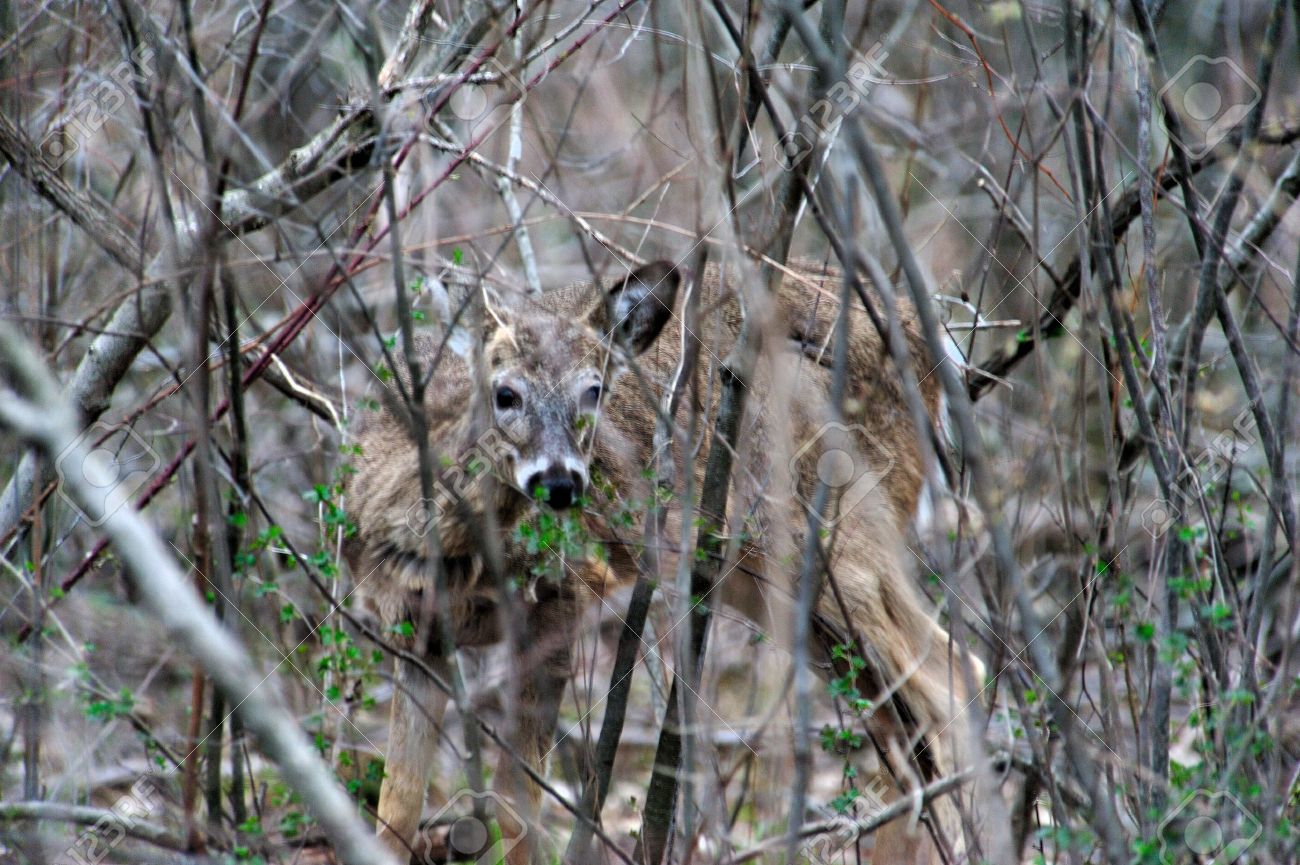
The deer camouflage technique is an option if you're looking for a new hunting strategy. There are several options for camouflage styles, such as Optifade, blue light and Breakup. How do you decide which ones are the best? Learn more to find out which ones are the most successful. Consider trying a different technique if you're looking to improve the success of your hunt.
Optifade camouflage
Optifade deer camouferm is made to fool the eyes of deer, who have lower resolution than humans. Its color pattern emphasizes blue, black, white, gray, and other similar shades, making it undetectable to deer. By blending into the trees and blending into spatial relationships, this pattern is reminiscent of forest settings. The camouflage pattern confuses deer into believing that the hunter is a tree-stand.

Mimicry camouflage
You can conceal yourself well when hunting deer with mimicry camouflage. You will need to cover your eyes well as deer can have poor vision. A great option if hunting is in areas that don't see much seasonal change is mimicry camouflage. Even a bright orange vest can be worn, which will not clash with the grayish deer color.
Breakup patterns
You have come to the right place if you are looking for deer camouflage that is both universal and effective. Breakup patterns make it possible to separate silhouettes of a hunter, deer, or other game. Mossy Oak’s Breakup Country pattern, which combines gray tones with fir and pin patterns, works well in the Rocky Mountains from Alaska to Colorado. It is also useful in northern California.
Blue light
It is common knowledge that deer can see color. However, it is not the same as humans. They can distinguish between the short and mid wavelengths of light, but they cannot discern the long wavelengths. Brian Murphy is the CEO of Quality Deer Management Association. He participated in research that was conducted at University of Georgia in the 1990s. This revealed that blue light has a lower octave then red. Deer also have a large pupil so blue light can be detected more easily.
270-degree field of vision
Start by identifying your deer's strengths, and then determine the best deer camouflage technique. Deer have a remarkable ability to see blue light, and a 270-degree field. Guy Cramer, a designer for military camouflage, was able to use these benefits to create camouflage patterns that exploit deer's strengths and weaknesses.

Deer color sensitivity
Color sensitivity is a complex issue for deer, and many theories abound about its nuances. Interestingly, deer do not display color blindness. The back of their eyes, or retinas, is composed of rods and cones. These cones and rods are responsible for the daytime vision of deer. Humans have fewer cones. Thus, deer have superior nighttime vision. The deer cannot distinguish between green and red but can tell the difference from light gray or dark brown.
FAQ
Which state has the most deer hunters?
Wyoming is the state that has the most deer hunter's. It also sells most hunting licenses annually.
The state with the second-most deer hunters is South Dakota. It ranks third for the number of hunting licenses sold each year.
New Hampshire has the least number of deer hunters. It is last in the country for hunting license sales per capita.
Where can I get a gun?
There are many gun shops all over the country. They offer guns ranging from inexpensive starter models to high-end weapons.
Gun shops may specialize in firearm sales. These stores often have knowledgeable staff members who can help you choose the right gun for your needs.
Our guide to handguns will help you make the right decision when buying a new gun.
What is America's popularity of hunting?
Hunting is a popular American pastime. Americans spend over $8 billion each year on hunting equipment and supplies. On average, hunters spend about $1,000 per year.
Hunting is also a recreational sport for many who hunt to have fun and relax. Nearly 50 million hunters are estimated to live in the United States. This includes both women and men.
Hunters can come from all walks. They can be young or old. Some hunters have been doing it for years while others just started recently.
Hunting is a popular occupation for people who enjoy the outdoors. Many hunters believe that hunting is a wonderful way to connect to nature and experience freedom.
Hunting can be an enjoyable social activity. Hunters hunt together often as a team. These groups could include friends, family, or co-workers.
Hunting has been a very competitive sport. Hunting has become a competitive sport. Hunters compete against each other to see which species they can hunt.
Also, there are competitions among states where hunters attempt to beat the previous record of the largest deer kill. These records are usually set in the presence of professional hunters.
Statistics
- Indiana, for example, saw a 28% jump in turkey license sales during the first week of the season. (stacker.com)
- Less than 1% of Hawaii's population has a hunting license. (stacker.com)
- - Percent of residents with paid hunting licenses: 0.7%- (stacker.com)
- In less than 20 years, Rhode Island saw a 40% drop in the number of hunting licenses for residents, according to The Valley Breeze. (stacker.com)
External Links
How To
How to choose the best hunting spots in a forest
Knowing what kind of game you wish to hunt is the first step in hunting. There are different types of animals and birds that live in forests and they all have their own habitat requirements, so if you don't know which type of animal you would like to hunt, you won't find any place where you can successfully catch them.
There are two main types of animals that live in the forest: large mammals or small mammals. Large mammals include deer and elk as well as moose, caribou bear, wolf, and wild hare. The smallest animals are rabbits (squirts), squirrels, hares and partridges. Each species requires a specific habitat. You must ensure that you pick the right location before venturing out into the woods. You can check your local area's flora and fauna list online to see whether there are any endangered species living near your home. It is important to ensure that there are no poachers in the area you plan on hunting a specific species.
You will need to be able to set up your equipment properly if you are going to hunt a specific species. The success rate of hunting a particular species will be affected if you don't use the right equipment. For example, if you're hunting a rabbit, you'll need a gun that shoots accurately at close range, while if you're hunting a larger animal such as a deer, you'll need a rifle capable of shooting long distances. Also, you'll need some sort of bait to attract the prey. Some people suggest placing meat in a trap to attract the animal. Others prefer corn butter or peanut butter. Whatever method you choose, make sure that you follow the rules and regulations of the country where you intend to hunt.
There are many factors to consider when hunting. These include the terrain, vegetation, wildlife populations, and accessibility. When selecting a place to hunt, always remember that the most important factor is safety. Be sure to avoid dangerous animals and predators when hunting in a remote area. Avoid hunting areas that have too many people, particularly during hunting season. The seasons can help you plan when to hunt.
When picking a hunting spot, you should also think about the weather. This is vital as it affects the number and species of animals that are likely to be present. When temperatures drop below zero Celsius, snow covers the ground. Coyotes, bears and wolves are more likely to hide beneath the snow, making it hard to track them down. If you have a clear day, however, you may be able to spot these animals. On the other hand, in summer, the temperatures rise above 30 degrees Celsius, and the sun warms the earth. To escape heat, animals seek shelter. This makes it easier to locate them.
The terrain should be considered as well. It is easier to walk or run on a flat surface, but it can be difficult to do so on uneven surfaces. Steep slopes require more effort and can sometimes lead to muddy trails. Try to find a place that doesn't have any obstacles, so you can easily travel through the area.
Look at the vegetation, as well. Depending on the environment, plants vary in size and density. Smaller animals will benefit from shade and shelter provided by large trees, while smaller animals will be sheltered and protected by shrubs and bushes. You should search for dense vegetation if you wish to find large animals.
Finally, you should also pay attention to the amount of wildlife. According to statistics, there are more than 100 million deer in North America alone. They eat nearly half of all food produced by crops and are essential to maintaining biodiversity. However, if the population grows too big, they could become pests and damage the ecosystem. Therefore, it's important to keep the population balanced.